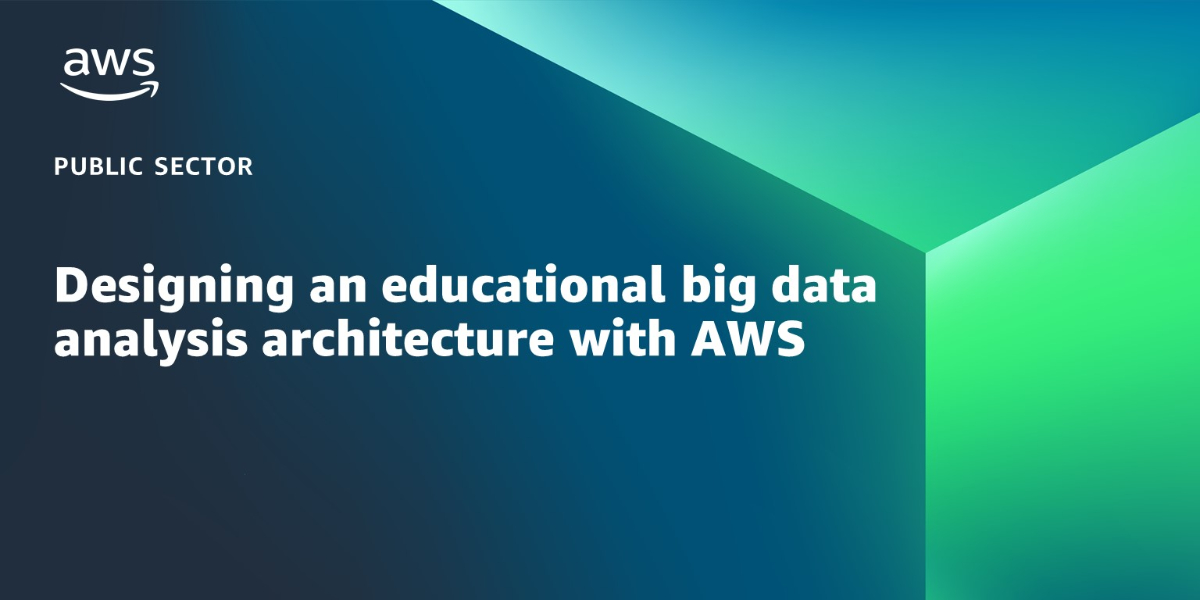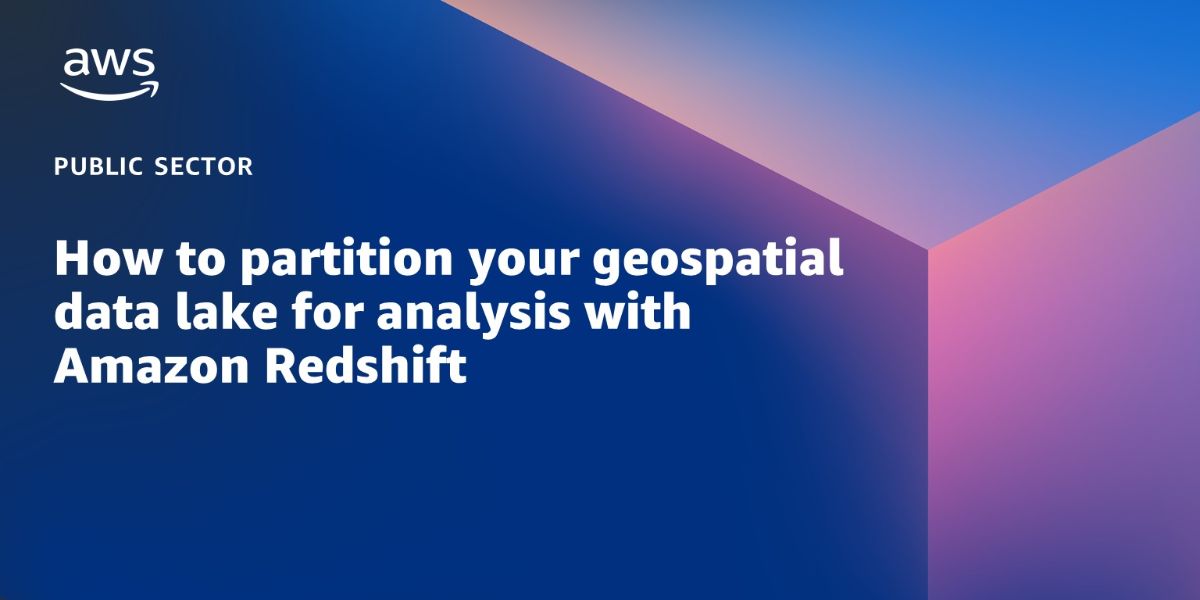AWS Public Sector Blog
Tag: Amazon Redshift
Optimizing your nonprofit mission impact with AWS Glue and Amazon Redshift ML
Nonprofit organizations focus on a specific mission to impact their members, communities, and the world. In the nonprofit space, where resources are limited, it’s important to optimize the impact of your efforts. Learn how you can apply machine learning with Amazon Redshift ML on public datasets to support data-driven decisions optimizing your impact. This walkthrough focuses on the use case for how to use open data to support food security programming, but this solution can be applied to many other initiatives in the nonprofit space.
Designing an educational big data analysis architecture with AWS
In this blog post, learn a high-level architecture, built on AWS, that uses a graph database to analyze unstructured and structured educational data that can, for example, help inform a recommendation to a student for the appropriate courses to take in their next semester based on multiple personalized data factors.
How to create a cybersecurity analytics platform with AWS analytics and machine learning
Cybersecurity analytics is a systematic methodology designed to collect, ingest, process, aggregate, and analyze security events. This methodology empowers organizations to proactively perform security investigations, powered by advanced analytics and machine learning (ML), which help mitigate cyber issues more effectively and efficiently at scale. Learn about the core components of a cybersecurity analytics framework and how organizations can use AWS to design a cybersecurity analytics platform with analytics and ML services.
How JDRF uses AWS to power Type 1 diabetes research
Advances in technology are transforming the way health research can be conducted. It is now possible to integrate data from siloed sources into a data lake, a central repository where health data are aggregated and analyzed at scale. Now, more than ever, there are opportunities for collaborative research to accelerate life-saving medical innovation – and that’s exactly what JDRF International, the leading global Type 1 Diabetes research and advocacy organization, is doing with AWS.
How to partition your geospatial data lake for analysis with Amazon Redshift
Data lakes are becoming increasingly common in many different workloads, and geospatial is no exception. In 2021, Amazon Web Services (AWS) announced geography and geohash support on Amazon Redshift, so geospatial analysts have the capability to quickly and efficiently query geohashed vector data in Amazon Simple Storage Service (Amazon S3). In this blog post, I walk through how to use geohashing with Amazon Redshift partitioning for quick and efficient geospatial data access, analysis, and transformation in your data lake.
Data is helping EdTechs shape the next generation of solutions
Forrester estimates that data-driven businesses are growing at an average of more than 30 percent annually. This is also happening at education technology companies. With new data sources have emerging, including real-time streaming data from virtual classrooms, mobile engagement, unique usage, and new learners, these data sources are shaping the next generation of EdTech products that engage learners meaningfully around the world. Learn how four AWS EdStart Members are utilizing data to power their solutions.
How Skillshare increased their click-through rate by 63% with Amazon Personalize
Skillshare is the largest global online learning community for creativity. They offer thousands of inspiring classes for creative and curious people on topics including illustration, design, photography, video, freelancing, and more. Skillshare wanted their members to easily discover relevant content with a seamless discovery process of personalized recommendations. Skillshare decided to test Amazon Personalize from AWS to make these data-fueled recommendations for members with machine learning. This blog post describes their Amazon Personalize solution architecture, their AWS Step Functions process, and the results of their experiment.
Top re:Invent 2021 announcements for K12 education
AWS announced over 85 new services and features at re:Invent 2021, with something to offer for every industry — including K12 education. These new services and features unlock new use cases and lower the barrier to entry for schools looking to adopt cloud technology to better serve their students, parents, and staff. Read on for highlights of some of the key AWS announcements from re:Invent 2021 that can help K12 education.
Australian Bureau of Statistics runs 2021 Census on the AWS Cloud
Earlier this year, the Australian Bureau of Statistics (ABS) ran the Australian Census, the agency’s most significant workload, on Amazon Web Services (AWS). The Census is the most comprehensive snapshot of the country, and includes around 10 million households and over 25 million people. With the COVID-19 pandemic causing lockdowns across the country, ABS needed a digital option for the Census that was accessible and reliable for millions of people. They turned to the cloud.
Elevating cloud security to address regulatory requirements for security and disaster recovery
Learn how you can build a foundation of security objectives practices, including a business continuity and disaster recovery plan, that can be adapted to meet a dynamic policy environment and support the missions of national computer security incident response teams (CSIRT), operators of essential services (OES), digital service providers (DSP), and other identified sector organizations.









